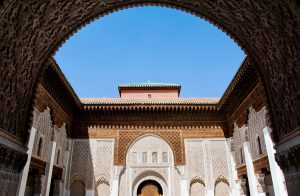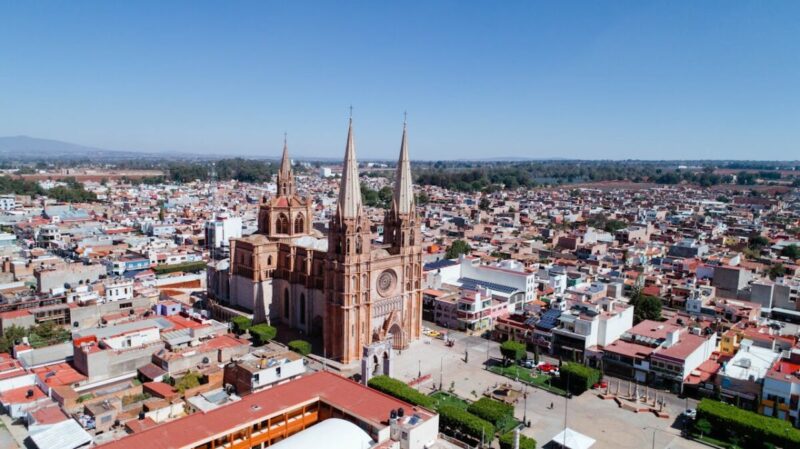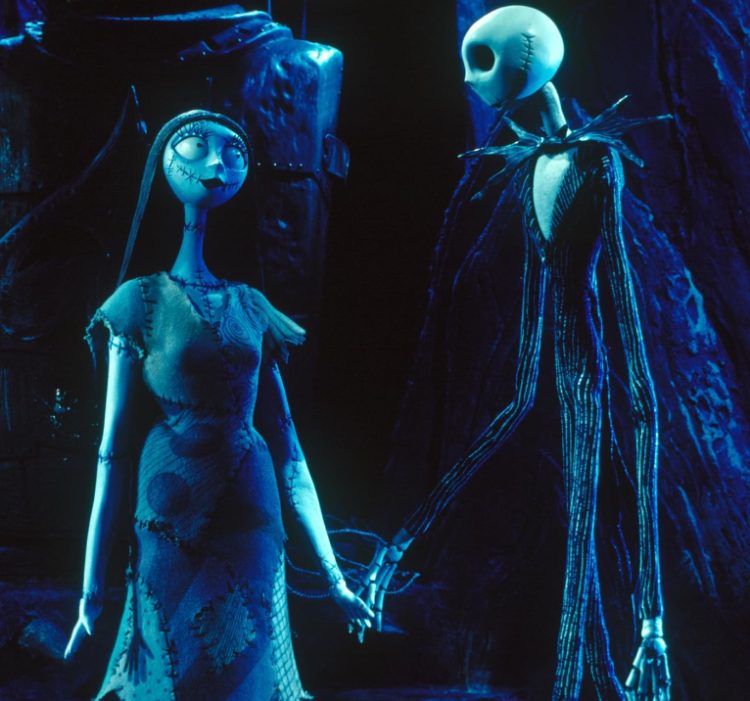Marie of the Incarnation 17 C. French Nun
Marie of the Incarnation was a 17th-century French Nun who lived and worked in Quebec, the so-called New World, and was responsible for spreading the faith there. Marie was born on October 28, 1599, and died on April 30, 1672. She was part of a group of nuns sent to Quebec to establish the Ursuline Order. Marie of the Incarnation was critical to the spread of the Catholic faith in the New World. Because of her great missionary work, the Catholic Church declared her a Saint in 2014 by Pope Francis. Have you ever heard of this propagator of the Catholic faith in the New World?

Marie of the Incarnation Biography
Marie Guyart in Tours, France, in 1599. She was the fourth of eight children. When Marie was only seven years old, she had her first of many encounters with Jesus Christ. In her book Relation (1654), she wrote: “…with my eyes toward heaven, I saw our Lord Jesus Christ in human form come forth and move through the air to me. As Jesus, in his wondrous majesty, was approaching me, I felt my heart enveloped by his love, and I began to extend my arms to embrace him.”
When Marie was 14, she proposed to her parents to join the Benedictine order. Her parents disregarded this proposition,n and Marie was married in 1617. She had a son and a brief two-year marriage before her husband died. Leaving Marie a widow with a young son at age 19. There were, however, plans for her. She had an intense concentration on God and went to an Ursuline convent in 1631. She became a nun in 1633 and overcame many financial obstacles to travel to the New World in 1639.
In 1642, the Ursulines moved to a permanent stone building in the upper town of Quebec. The group founded the first school in what would become Canada, as well as the Ursuline Monastery of Quebec, which has been designated one of the National Historic Sites of Canada. While in Canada, Marie dealt with several taxing trials. First, the interaction of the natives with the French nuns led to smallpox. Second, the French and Indian War was troubling to her.
Religious education was a key pillar of education in the 17th century. Marie followed a strict orthodox teaching method. The system was based on the basics of faith, French and Latin literature, and civility. The basics of faith included catechism, prayers, and hymns. The main objective of the Ursuline school was to educate young French girls and Natives to become good Christians. An externality of this education was that the Native population was taught Frech mannerisms and customs.
Marie of the Incarnation died of a liver illness on April 30, 1672. In addition to her religious duties, Marie of the Incarnation wrote many works. The works included a dictionary and an encyclopedia, two autobiographies, a catechism, and almost 20,000 letters that survive today. The majority of her letters went to her son, Claude, a Benedictine Monk. The letters are an important history of the French colonization of the New World.
Marie of the Incarnation is a celebrated founder of the Ursuline Order in colonial New France. She is memorialized by a statue erected in front of the Québec parliament. Her life story was adapted into a documentary-drama by Jean-Daniel Lafond, entitled Folle de Dieu (Madwoman of God) (2008). The film starred Marie Tifo as Guyart and was produced by the National Film Board of Canada.
Conclusion
It is interesting to note the fame and notereity achieved by Marie. She follows the pattern of figures from long ago who wrote a lot and left evidence for schalors to study. It is also true she had a large impact on the New World. Indeed, her impact goes well beyond that to the Catholic church, although her impact there was significant as well.






